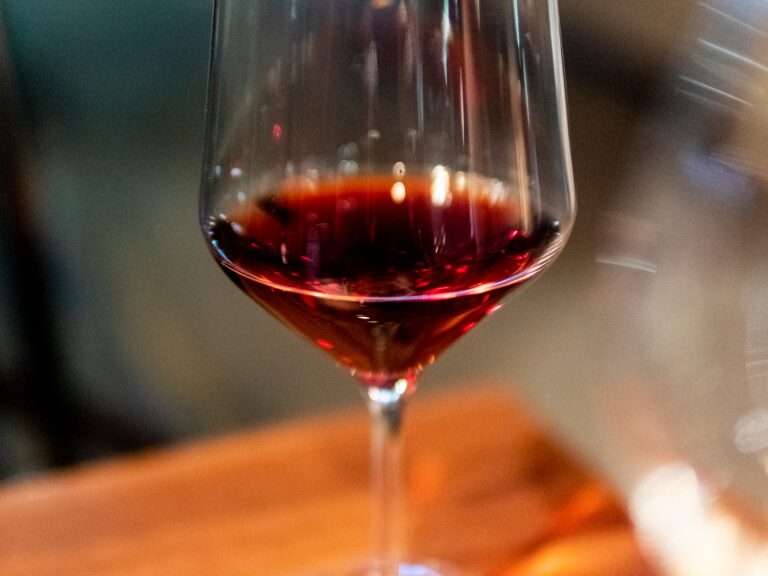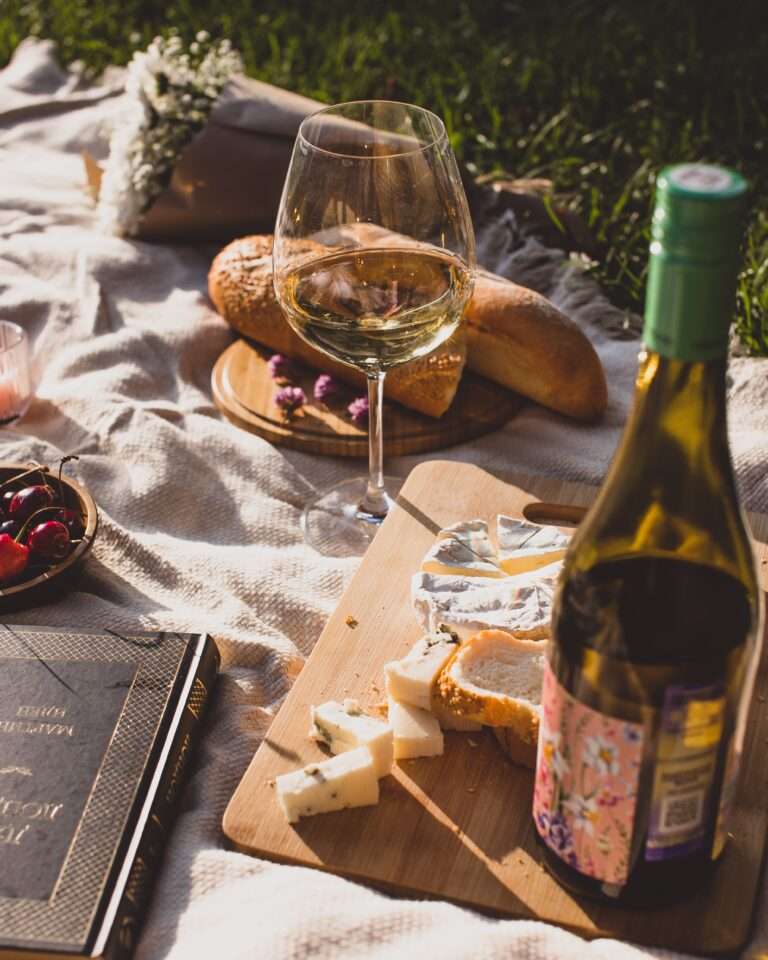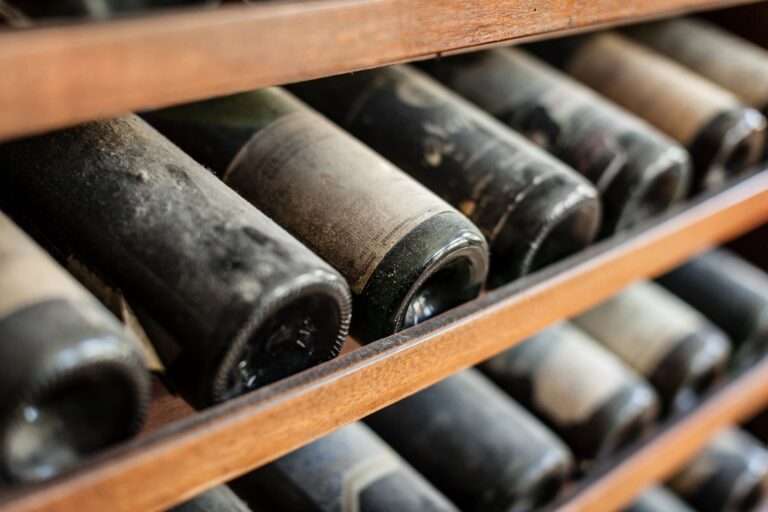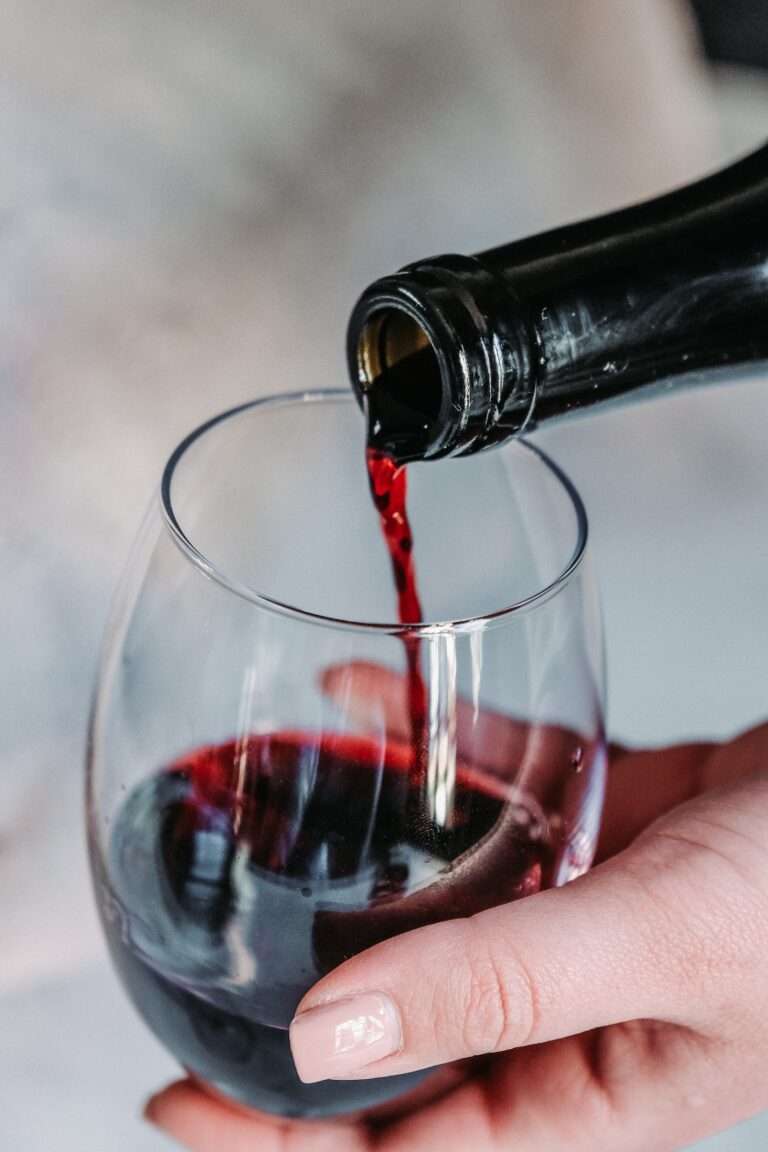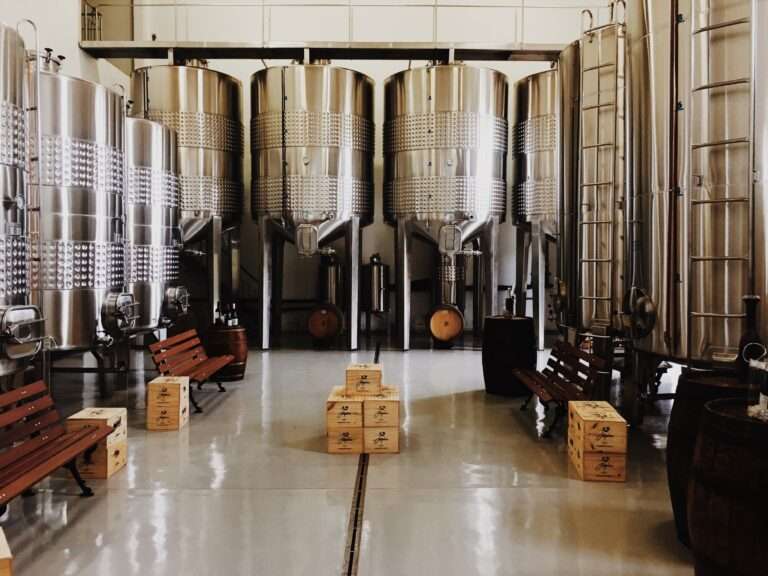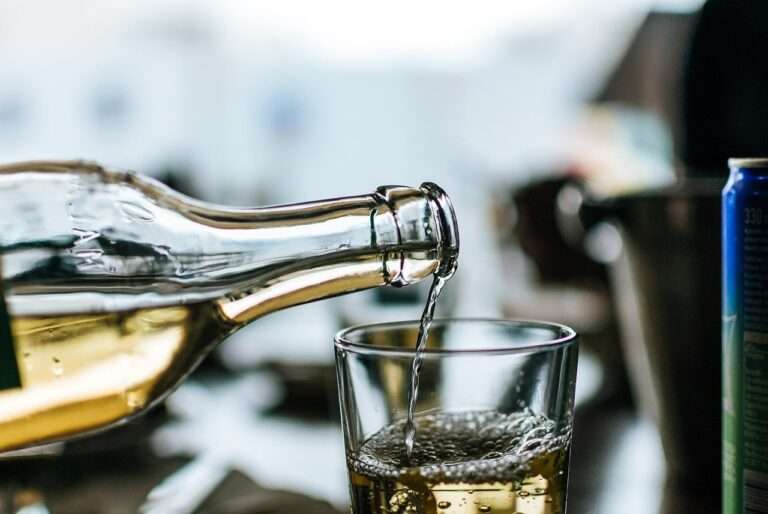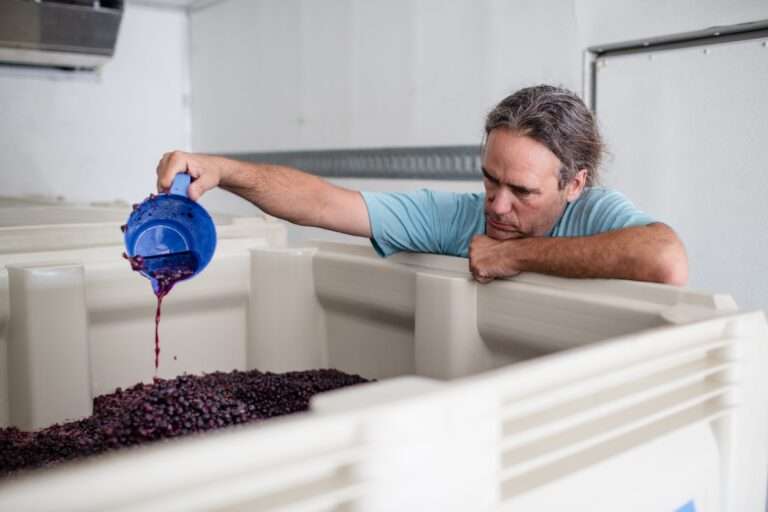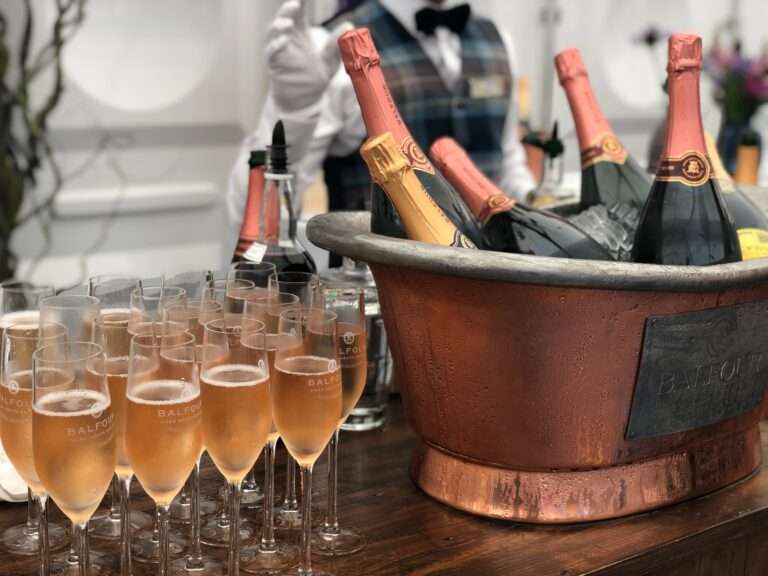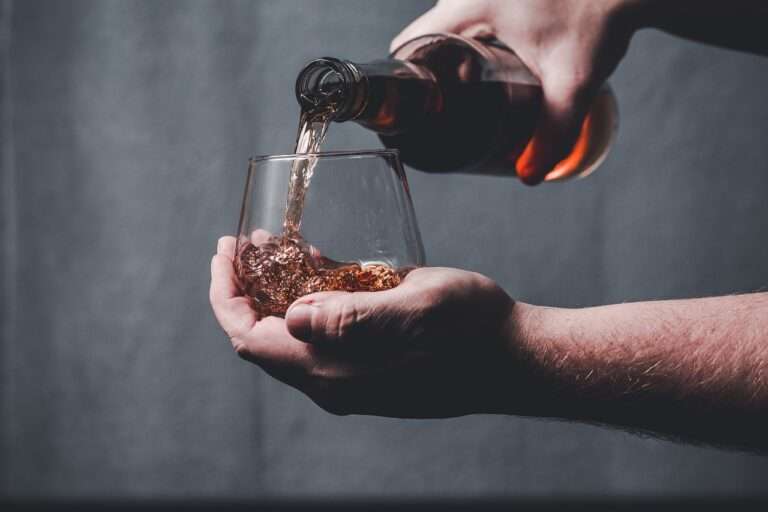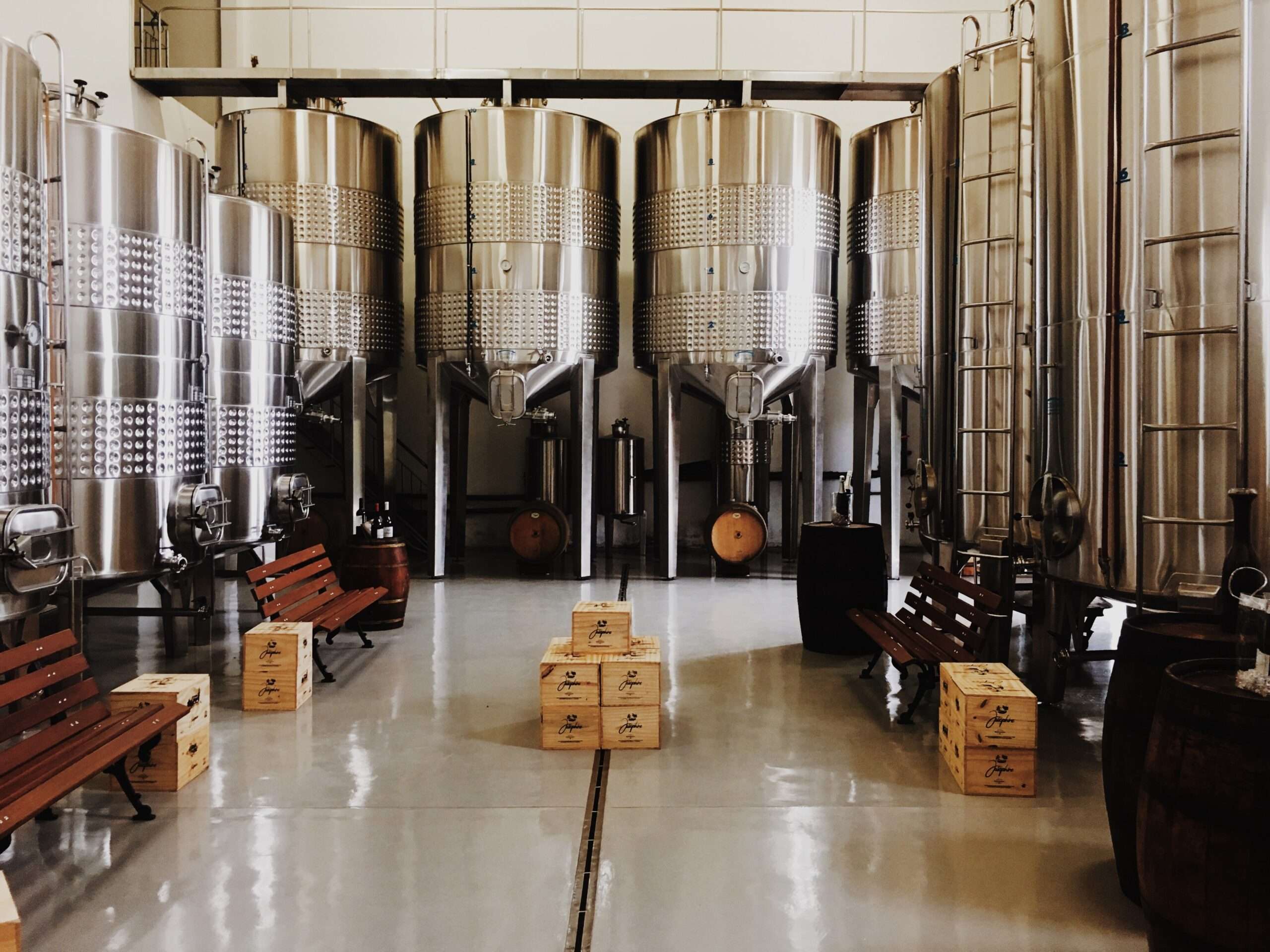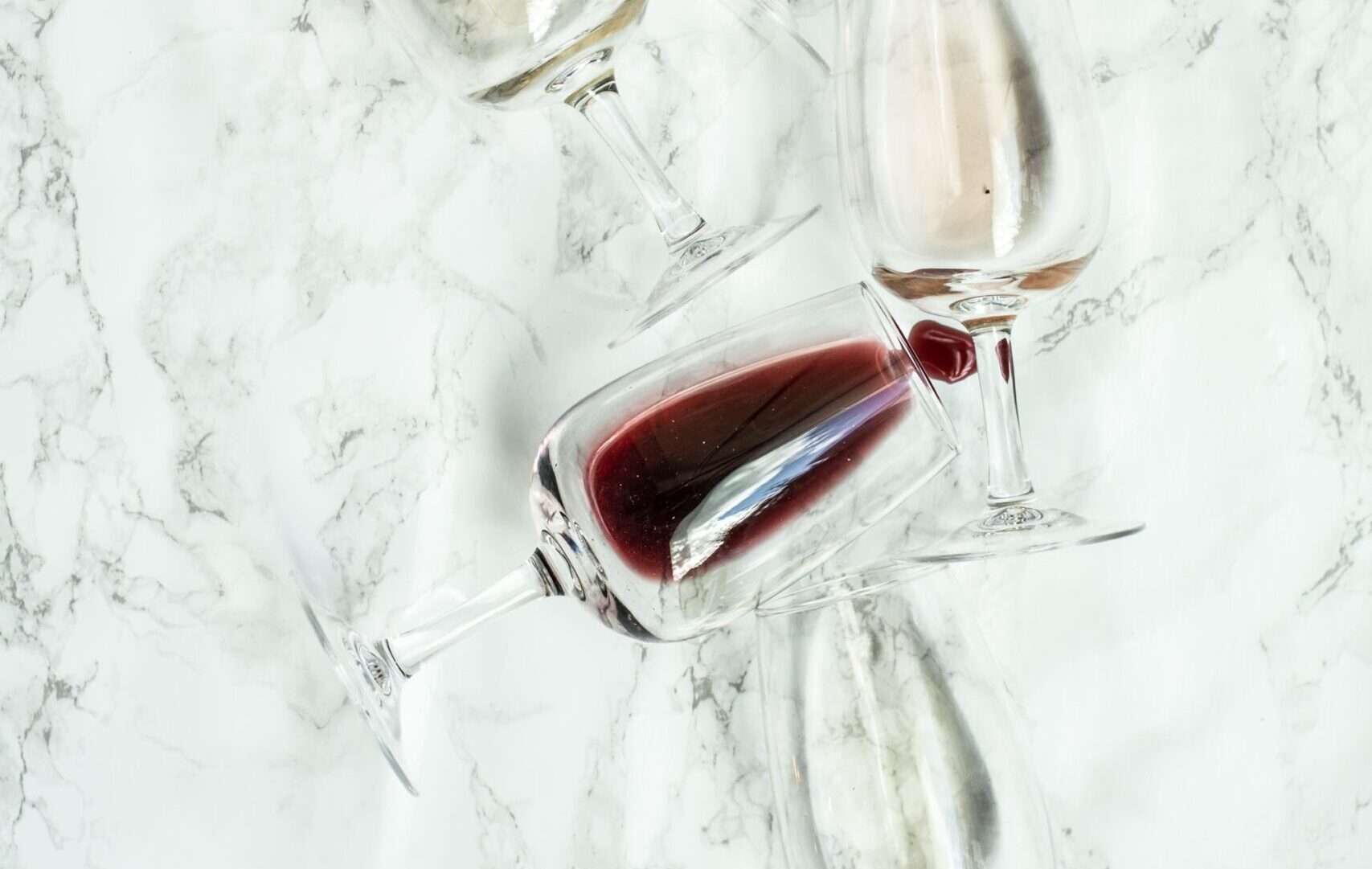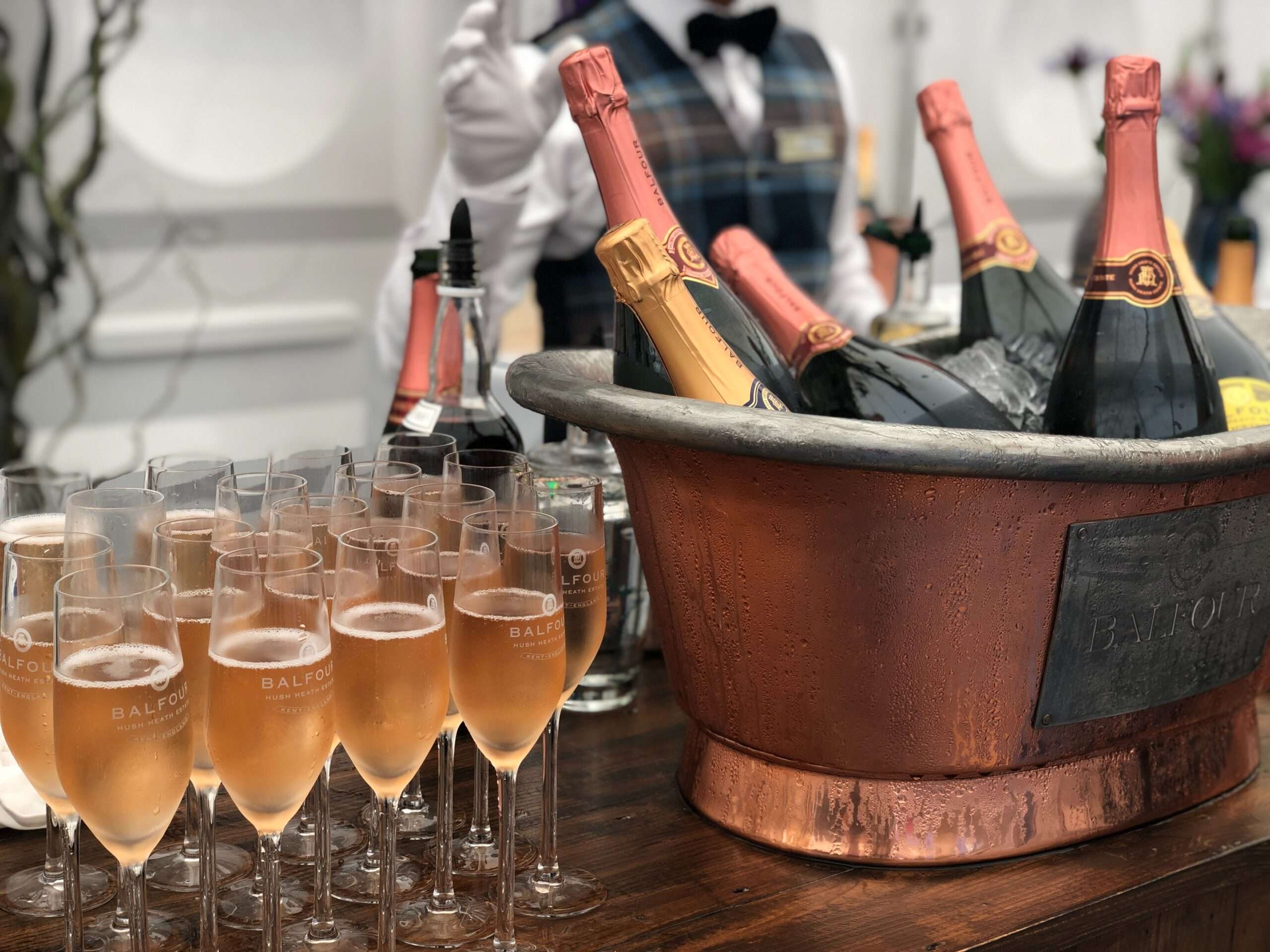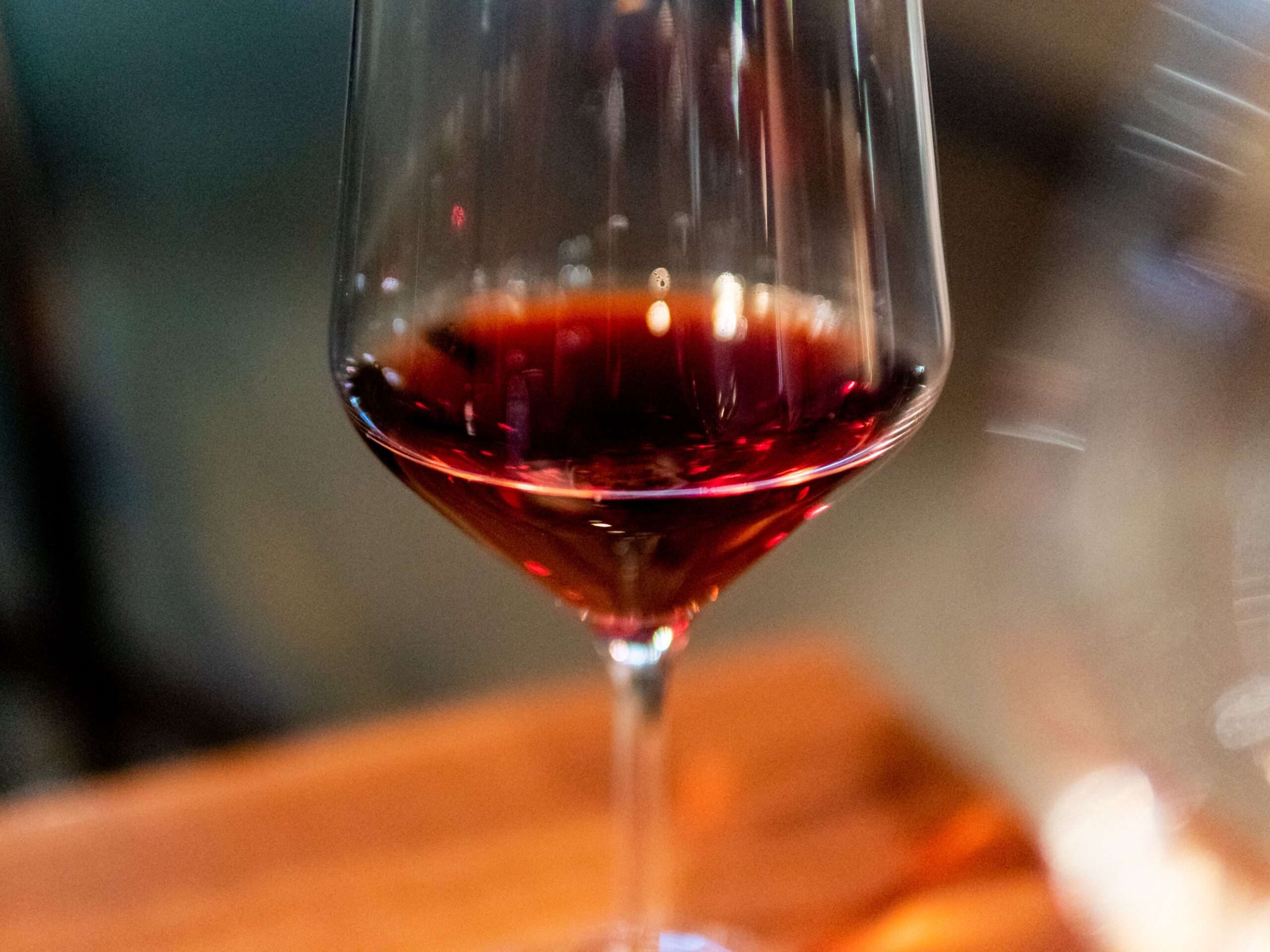Wine lovers know that age is just a number, and I’m not talking about your date of birth. It’s commonly thought that older wines taste better because they have more complex flavors, but is this always true?
Chemical reactions involving wine sugars, acids, and phenolic compounds, like tannins, alter the wine’s aroma, color, mouthfeel, and taste. The ability of good wine to age gracefully is influenced by grape variety, vintage, viticultural practices, wine region, and winemaking style.
In this post, we will discuss the science of how wine ages and why older wine tends to taste better than younger wine. So, if you are curious about the aging process of wines, read on!
How Does The Aging Process Work?
The aging process of wine is not an exact science. However, we can use science to explain why a bottle of wine has survived over the years. Aged wine comes from grapes that have been skillfully vinified, enabling them to evolve into a wine that can continually develop for a long time.
Vinifying a wine is converting grape juice into wine through fermentation. The resulting wine has its unique characteristics and bouquet. The aging process seeks to change a wine’s appearance, taste, and aroma. Wine aging refers to the amount of time that a wine spends in the bottle in the wine world.
When used to describe wines, the term bouquet implies the color, taste, and aroma that wines develop over time.
When we speak about time concerning wines, we are talking about the aging period, which begins with the time spent in oak barrels and is later extended with a further reduction in glass bottles.
This can be an indefinite period, and there isn’t a mathematical formula to tell us precisely what the right time is.
More importantly, this could depend on several factors and how the grapes turn out. No two years or vintages of wines are the same. The purpose of laying down the wine for aging is to produce a more original wine with more personality than a young red wine.
The classifications of wines below might vary depending on the specific legislation on each of the origins for the wine:
- Aged or vintage wine. Has an aging period of twenty-four months with six months in an oak barrel.
- Reserved. Has an aging period of thirty-six months with twelve months in an oak barrel.
- Gran Reserve. Has an aging period of sixty months with eighteen months in an oak barrel.
The ability of a wine to age depends on several factors, including the grape variety and the vintage and winemaking technique to be used. Most aged wines are red wines. There are two phases of aging, the oxidative phase in wood and the reducing phase in the bottle.
Oxidative Phase
The wine is subjected to mild and prolonged oxygenation at this stage. The tiny amount of oxygen entering through the barrel or staves causes the oxygen to softly dissolves into the wine and blend in with its components.
When maintained for an extended period, this mild oxidative stress helps the wine evolve. The red-violet color of young red wines becomes a darkish terracotta color due to the oxidation of tannins and the condensation reactions of the tannins and anthocyanins.
In turn, the wood provides its unique components that enhance and bind the wine themselves, such as wood tannins involved in the taste and aldehydes that influence the aroma of the wine.
The types of wood used for storing and aging wines are mainly oak. There are two varieties of oak, American oak and French oak.
During the oxidative phase, it is recommended that the barrels are completely filled. If the oak barrels are only partially filled, the aging process can become accelerated and unstable. So, they have to be filled to the top or constantly topped up. This is a laborious winery process called filling.
Another essential job is wine transfer. Wine transfer refers to transferring the wine from one barrel to another three to four times a year. This process eliminates deposits that form at the bottom of the barrel due to the formation of natural sediment particles in the wine.
The Reducing Phase (In The Bottle)
The reduction phase is also referred to as bottle aging. If a slightly oxidative environment dominates the wooden phase, then during this phase (reduction phase), the atmosphere is reducing without oxygen.
The absence of oxygen enhances and deepens certain flavors and aromas required during the oxidative phase. This is referred to as tapering, where the bouquet of the wine is brought about or created.
Due to the absence of oxygen, the bottles must rest in a horizontal position, so the liquid makes contact with the cork, which swells and prevents air from outside from entering the bottle.
The duration of the reducing phase varies; for example, if a wine has spent two years in wood, then it will typically spend two or three more years in the bottle.
There isn’t a mathematical formula to tell us the precise duration that aging should be, as this depends on the evolution of wine and the winemaker’s experience with previous vintages.
Environmental Conditions For Aging
For a wine to be aged properly, a few environmental conditions must be considered.
- Temperature should be between twelve and sixteen degrees. Higher temperatures create accelerated aging and less fine wines.
- Lighting should be very dim.
- Humidity should be about 85%, and lower levels result in lower reduction levels in the barrels. The aging chambers are generally underground cellars, caves, or specially prepared areas.
- No odours, no noise and no vibrations.
- Bottles should be stacked horizontally.
Factors That Can Influence The Wine Aging Process
When a wine is to be aged, a few factors influence the outcome of wine during its aging process.
1. Wine Composition
The ratio of wine sugars, acids, and phenolics to water is a critical factor that decides how well wine can age. The less water content within the grapes before harvesting, the more likely the potential for the aging of the wine will be.
2. Storage Of Wine
The bottled wine storage conditions affect the wine’s aging process (see environmental factors above). Vibrations and changes in temperature can accelerate wine deterioration and aging and adversely affect the wine.
Wine has a higher potential for developing complexity and a more fragrant bouquet if it is allowed to age slowly in a cool, controlled environment.
3. Bottling Factors
Once the wine has been bottled, the wine is exposed to oxygen, which creates a domino effect of chemical reactions with other aspects of the wine.
Bottle Shock is the time it takes for the wine to settle down, dissolve the oxygen fully, and integrate into the wine. During this phase, the wine can taste vastly different from before bottling or even after the wine has settled in.
Many modern bottling facilities attempt to treat wine as gently as possible and use inert gases to lessen the amount of exposure to oxygen. Still, all wines experience some period of bottle shock. The duration of bottle shock varies for every individual wine.
Why Wine Is Better With Age
When you first begin your romantic love affair with wine, the wine always on your table is the young stuff. It’s cheap and plentiful, and it’s the wines you know. But odds are, as time goes on, you graduate to tasting older bottles of wine.
What draws you to those wines is a combination of things: perhaps the older grape varietals aren’t readily available. Perhaps your taste buds have matured enough to appreciate the rich aged leathery character a few years in a bottle brings to your glass.
The taste and quality of an aged wine differ significantly from one bottle to another. Depending on the conditions under which the wine has been stored, the condition of the bottle and cork determines how a bottle of wine ages over time.
There has been much mystery surrounding the aging of wine as its chemical makeup has not been understood for some time. However, a vast majority of wine is not aged, and even when it is aged, it is not aged for a sufficiently long time.
It is estimated that around 90 percent of wines are meant to be consumed within the first year of production, and only 10% of wines within five years.
The ancient Romans and Greeks were aware of the high quality of aged wines.
In ancient Greece, examples of dried “straw wines” were recognized for their ability to age due to their high sugar content. These wines were bottled in earthen amphora and stored for many years.
The most sought-after wines in Rome were Falernian and Surrentine, which were noted for their ability to age for years. Falernian was a robust white wine famous during the Roman age, and it was produced from Aglianico grapes. It is recorded in the Book of Luke that old wine was prized over new wine.
There is widespread misbelieve that wine continuously improves with age and that wine improves with prolonged aging. It is a common misconception that the potential of a wine to age is a sign of good wine.
Some wine enthusiasts say that more wine is drunk too old rather than too young. Wine aging alters the taste of the wine, but it does not improve or worsen it. The fruitiness of the wine rapidly deteriorates and starts decreasing substantially after six months.
Owing to the high storage cost, it is not economically viable to age cheaper wines, and some wines do not benefit from being aged, regardless of their quality.
Wines that have a low ph have more considerable aging potential. Wine experts state that only five to ten percent of wine improves after one year, and only one percent after five to 10 years. Some examples of wines with low ph are pinot noir and Sangiovese.
With Red wines, high levels of flavor acids such as phenolics (like tannins) increase the chances of a wine aging well. Some examples of wine with high phenols are Syrah, Nebbiolo, and Cabernet Sauvignon.
With white wines, those with the longest potential to age well are those with high acidity levels. The acidity in white wines acts as a preservative and serves a similar purpose as phenols and tannins in red wines.
What Are The Best Aging Wines?
Now that we have had some insight into the wine aging process, we can look at a few wines that are the best at aging. Wines that have the best composition age the most naturally. And since the composition of a wine is attributed to tannins, which are imparted from grape skins, stems, and seeds during maceration, these tend to be the red wines.
Red Wine, Aged
Port, Cabernet sauvignon, Merlot, Sangiovese, Monastrell, Cabernet franc, Nebbiolo, Malbec, and Syrah are the best aged red wines. Other full-bodied wines with more robust structures also age well; however, these nine red wines are top choices for cellar treatment.
White Wine, Aged
White wines are not generally known for good aging; however, a few white wines make for good aging. These six white wines, Chenin blanc, Chardonnay, Riesling, Viognier, White Bordeaux, and Semillon, are excellent candidates for aging.
The table below is a neat reference guide to help you identify which wines age well and the approximate duration for which these wines need to be aged.
| Wine | Color | Aging Window (Years) |
| Port | Red | 10–50 |
| Merlot | Red | 3–15 |
| Malbec | Red | 5–10 |
| Sangiovese | Red | 10–30 |
| Monastrell | Red | 7–20 |
| Cabernet Franc | Red | 5–12 |
| Nebbiolo | Red | 15–40 |
| Syrah | Red | 2–12 |
| Cabernet Sauvignon | Red | 5–25 |
| Chardonnay | White | 2–10 |
| Riesling | White | 0–5 |
| Viognier | White | 2–7 |
| White Bordeaux | White | 3–5 |
| Semillon | White | 1–5 |
| Chenin Blanc | White | 1–7 |
Conclusion
No one knows exactly how a wine ages in the cellar; it is a very complex process. Each bottle of wine is different; some benefit from being laid down while others age very quickly. The best wine has aged well and offers great drinking pleasure.
No matter what some say, different types of wines age accurately and taste great when cellared properly. It’s all about discovering what types of wine you enjoy and then storing them for the best results.


